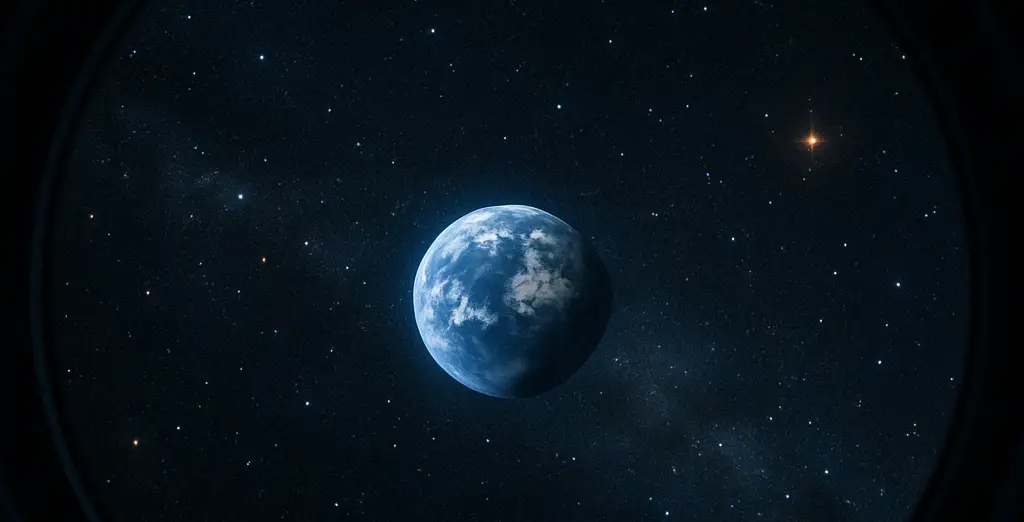We have long searched the skies, not out of boredom, but hunger. Not for food. The food problem is solved. Or should be. We certainly have the means to feed everyone on the planet. It’s distribution, and well, really politics that get in the way of that. No, not food. What we are hungry for is answers. We are an inquisitive species. We will probably always want to know more. With every new discovery, new questions emerge. One of those questions is, “Are we alone?”
We have proof that life can exist in our universe simply because we exist. We’ll only have an answer to the question of whether interstellar life exists if, and when, we find it. We don’t have, and never will have, the means to search every distant rock in space to determine if one of them contains signs of life. Still, we look with incredible optimism that one day, we’ll find just that in the small sample of planets that our massive space telescopes can explore.
There are currently 5,500 known planets in our galaxy, including eight planets in our Solar System. Astronomers estimate that there could be hundreds of billions of planets in our galaxy alone, and potentially 100 sextillion planets in the entire universe. In other words, we’ve maybe explored the equivalent of one haystack in search of one needle. And yet, we may have just found the prize we’ve been looking for.
We assigned our most sensitive instruments to a sector of the galaxy marked G-Singularity-7. There was no particular reason to look at that space. It was just in our path as we scanned the heavens. Despite the optimism we’ve had, we were caught by surprise as it pulsed with odd rhythms, chemical signatures—carbon, oxygen, and molecular whispers of dimethyl sulfide. Our analysts described it as “a chemical burp that suggests life.”
Dimethyl sulfide is present on our planet. It’s given off by primitive aquatic flora. As far as we know, that’s the only reason it’s present on our planet in any large quantity. It’s a byproduct of biological processes. If our spectral analysis of the planet is right, and our understanding of how DMS is made is also correct, we’ve done it. We have stumbled across the thing we’ve been looking for. We found life! And now the only thing left to do— the thing we MUST do, is explore further. We need to revisit our data, send probes, build larger telescopes, and assign our best scientists to study these findings until we’re certain that we are correct.
Of course, even if we determine that life exists on this distant world, it’s taken 120 light years for the signals from that planet to reach us. We have no way of knowing what stage of development that life is at, or even if, like us, they’ve started down the path toward their own destruction. Our technology doesn’t come even close to allowing us to visit. But our optimism brought us this far. We will send a ship, of course. Eventually. One that can endure the centuries. One that is pointed at this new planet we’ve discovered, called “Earth”.
Until then, we watch. We wait.

Love the story, Larry!!
Thanks!